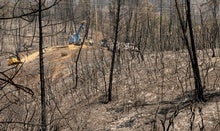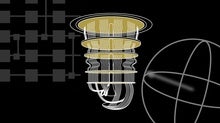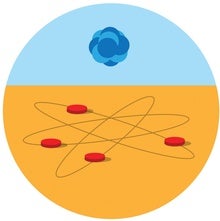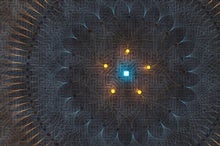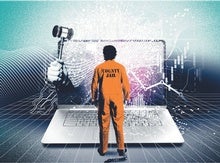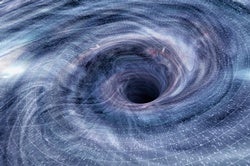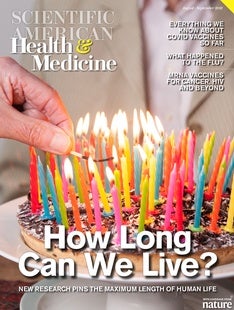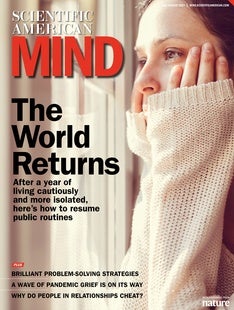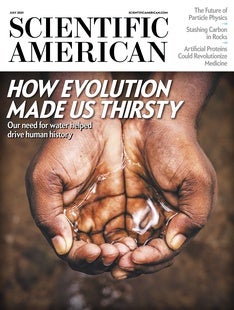 |
| July 13, 2021 |
Dear Reader,
In the Star Trek franchise, when characters want to travel the universe, they rely on warp drives that enable faster-than-light travel. Now science fiction is inspiring physicists to calculate how this futuristic technology might work in the real world—and whether it could ever become reality. |
| |
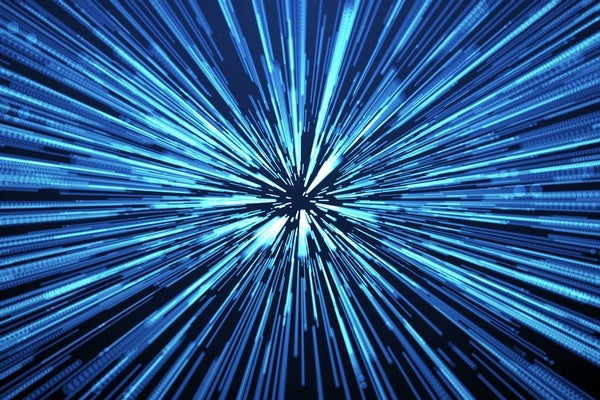 |
| |
| |
| Computing How Does a Quantum Computer Work? If you understand how these systems operate, then you understand why they could change everything. |  | By Michael Tabb,Andrea Gawrylewski,Jeffery DelViscio | | | |
| |
| |
| |
| |
| |
| Policy & Ethics Bias Detectives As machine learning infiltrates society, scientists are trying to help ward off injustice in algorithms | | | | |
| |
FROM THE STORE
 | | | |
| QUOTE OF THE DAY
 "Scientists have long been interested in creating portable devices that can quickly and painlessly screen a person for disease simply by taking a whiff of their breath. But delivering on this dream has proved to be a challenge. ... Still, scientists say, advances in sensor technology and machine learning, combined with new research and investment spurred by the pandemic, mean that the moment for disease-detecting breathalyzers may have finally arrived." Emily Anthes, via The New York Times | |
| |
FROM THE ARCHIVE
 | | | |
LATEST ISSUES
 |
| |
| Questions? Comments?  | |
| Download the Scientific American App |
| |
| |



